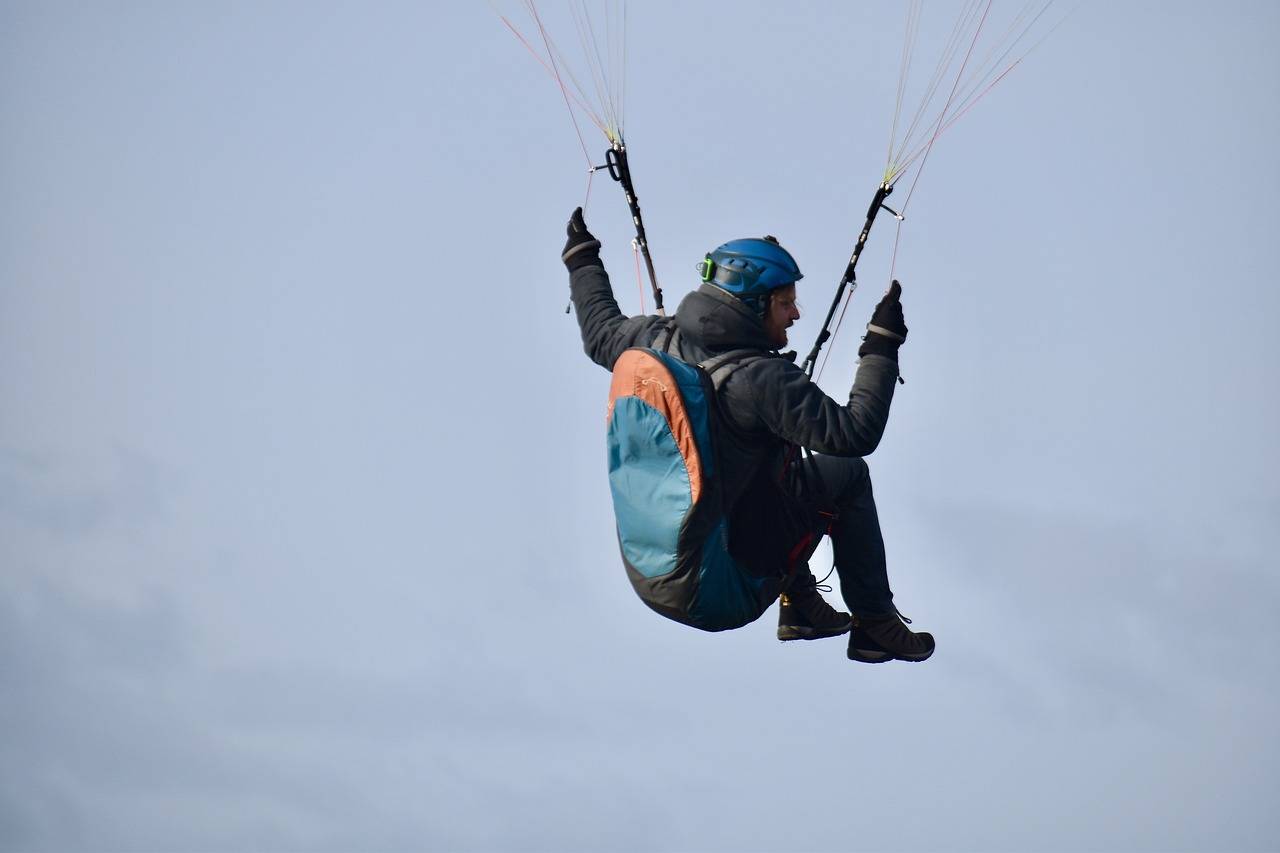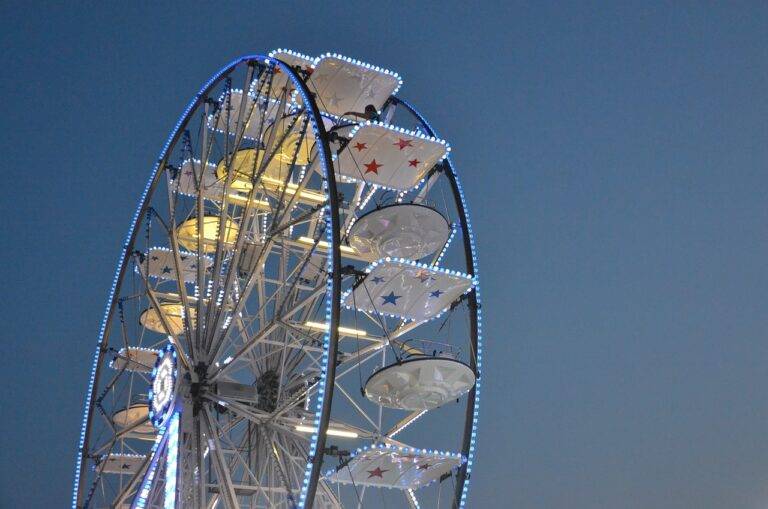Unveiling the Science Behind Theme Park Rides
Roller coasters are exhilarating attractions that are enjoyed by thrill-seekers worldwide. The physics behind these gravity-defying rides is what makes them so thrilling and unforgettable. As riders are propelled through twists, turns, and loops, they experience a mix of gravitational, centripetal, and inertial forces that work together to create the heart-pounding sensations that roller coasters are known for.
When a roller coaster ascends a steep incline, the force of gravity works against it, pulling it back down towards the earth. This potential energy is converted into kinetic energy as the coaster accelerates downwards, propelling riders through the track with incredible speed. As the coaster navigates sharp turns and loops, riders feel the effects of centripetal force, which keeps them securely in their seats even as the coaster banks and tilts at high speeds. This delicate balance of forces is what allows roller coasters to provide an exhilarating and safe experience for thrill-seekers of all ages.
The Role of Gravity in Thrill Rides
When it comes to thrill rides, gravity plays a major role in the excitement and intensity that riders experience. The force of gravity is what pulls riders down steep drops and around tight curves, creating the exhilarating sensation of weightlessness and speed. Without gravity, roller coasters and other thrill rides would not be able to generate the adrenaline-pumping thrills that make them so popular among amusement park guests.
In addition to creating the thrilling sensations that riders experience, gravity also dictates the speeds at which rides can travel. Gravity pulls the cars of a roller coaster or other ride downward, causing them to accelerate as they descend. This acceleration is what allows riders to reach high speeds and experience the heart-pounding excitement of zooming through twists, turns, and loops. The influence of gravity on thrill rides is what makes them not only thrilling but also safe, as ride designers carefully calculate and design the rides to ensure that gravity will keep the cars on the track at all times.
The Impact of Inertia on Theme Park Attractions
In the world of theme park attractions, understanding the concept of inertia is crucial for designing thrilling rides that captivate visitors. Inertia is the resistance of an object to changes in its motion, which plays a significant role in the dynamics of roller coasters and other adrenaline-pumping experiences. When riders are propelled forward or undergo sudden changes in direction, their bodies tend to continue moving in their original path due to inertia, creating exhilarating sensations of speed and excitement.
Moreover, the force of inertia contributes to the gravity-defying loops, twists, and turns that are characteristic of many theme park attractions. Designers strategically use inertia to enhance the thrills experienced by riders, carefully planning the layout of rides to maximize the forces acting on them. By manipulating inertia, engineers can create heart-pounding moments of weightlessness and intense G-forces, offering guests an immersive and unforgettable journey through the laws of physics.
• Inertia is crucial for designing thrilling rides in theme parks
• Resistance to changes in motion creates exhilarating sensations for riders
• Gravity-defying loops, twists, and turns are possible due to inertia
• Engineers manipulate inertia to create heart-pounding moments for guests
How does inertia play a role in theme park attractions?
Inertia is the tendency of an object to resist changes in its motion. In theme park attractions, inertia is at play when riders experience sudden changes in direction or speed.
How does gravity affect thrill rides?
Gravity is what pulls riders down from the highest points of roller coasters and other thrill rides. Without gravity, these rides wouldn’t be able to reach the speeds and heights that make them exciting.
What is the physics behind roller coasters?
Roller coasters rely on a combination of gravity and inertia to create thrilling experiences for riders. The high points of the coaster use gravity to pull the cars down, while the twists and turns utilize inertia to keep riders moving in the same direction.
How do theme park designers use the principles of physics to create attractions?
Designers use their understanding of inertia, gravity, and other physical principles to create attractions that are both thrilling and safe for riders. By carefully calculating speeds, heights, and forces, they can create experiences that push the boundaries of what is possible in a theme park setting.






